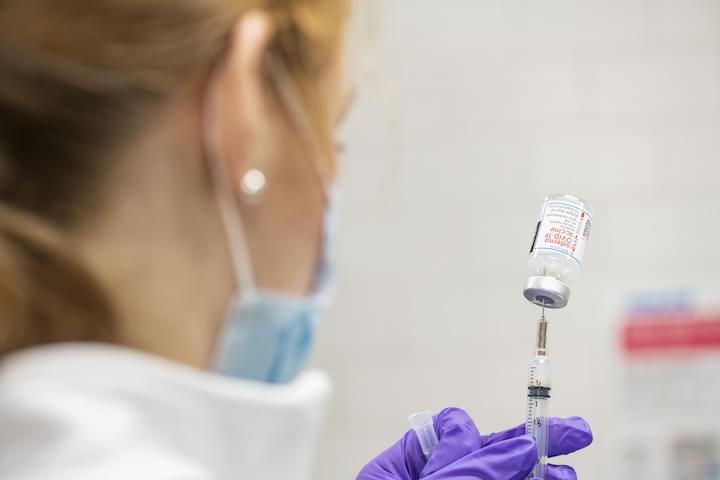
Many people hesitate to receive vaccines due to their ingredients, particularly those added to preserve and stabilize them, including formaldehyde, aluminum, and mercury. These fears often lack context for how prevalent the ingredients are in our daily lives. Additionally, some questioned ingredients are mistaken for similarly named highly toxic ingredients.
For example, did you know there is 60 times more formaldehyde in a pear than in a single dose of vaccine? Or that babies consume far more aluminum in their diets in the first six months of their lives than they receive in vaccines? Or that only a few adult vaccines contain thimerosal, an ethylmercury-based preservative that does not accumulate in the body? Unlike ethylmercury, methylmercury naturally occurs in fish, animals, and humans and is toxic at high levels.
Vaccines are safe
Comparing amounts of formaldehyde

60
x
There is about 60 times more formaldehyde in a 100-gram pear than in a vaccine.

10
x
There is at least 10 times more formaldehyde naturally circulating in an infant’s body than in a vaccine.

Any trace amount present in the vaccine is safe and does not exceed 0.1 mg.
Comparing amounts of aluminum
During the first six months of life, babies receive more aluminum in their diet than from all vaccines combined.

38
mg
Babies receive about
38 milligrams of aluminum
in infant formula during
the first 6 months of life.

7
mg
Babies receive about
7 milligrams of aluminum
in breast milk during the first 6 months of life.

3
mg
Babies receive about
3 milligrams of aluminum from all vaccines combined during the first 6 months of life.

